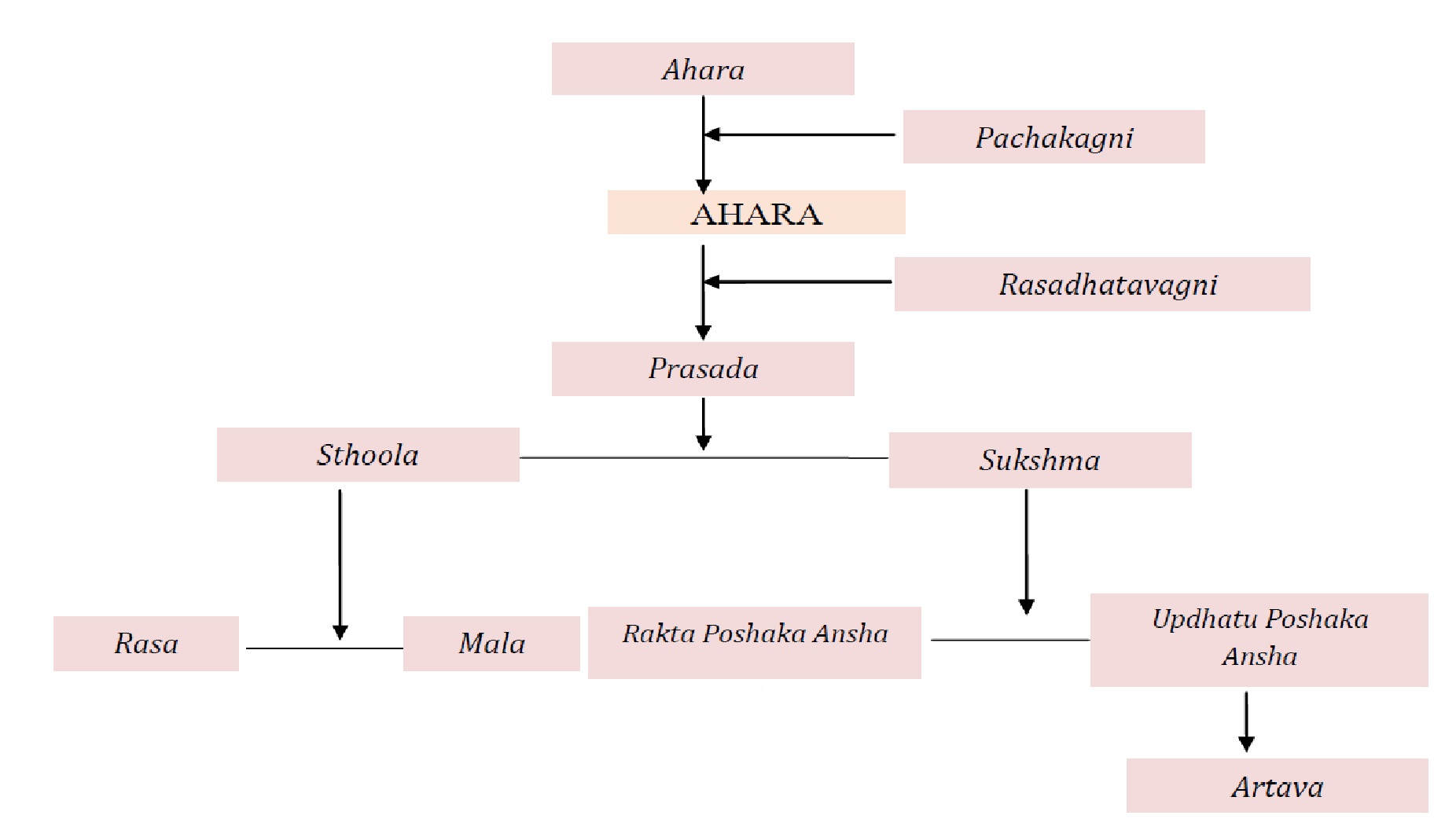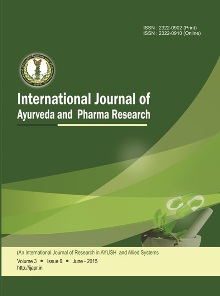An Ayurvedic Literary Review on Kashtartava w.s.r. to Primary Dysmenorrhea
Abstract
Kashtartava, commonly identified as primary dysmenorrhea in modern medicine, is a prevalent gynecological condition characterized by painful menstruation without any discernible underlying pelvic pathology. This condition significantly impacts the quality of life of affected individuals, warranting effective diagnostic and management strategies. This review aims to bridge traditional Ayurvedic insights with contemporary medical perspectives to provide a holistic understanding of Kashtartava.
In Ayurveda, Kashtartava is attributed to the vitiation of Vata dosha, particularly Apana Vata, which governs the reproductive system's functioning. Classical texts emphasize the role of dietary habits, lifestyle, and mental well-being in the pathogenesis of this condition, offering detailed descriptions of its symptoms, etiological factors, and therapeutic interventions. The article correlates these Ayurvedic principles with modern pathophysiological findings, including hormonal imbalances, uterine contractions, and prostaglandin overproduction, which are implicated in primary dysmenorrhea.
The review highlights Ayurvedic diagnostic approaches, including pulse diagnosis and the assessment of Dosha imbalances, alongside contemporary diagnostic tools such as ultrasound and hormonal assays. Management strategies are explored comprehensively, focusing on Ayurvedic treatments like Panchakarma, herbal formulations, and lifestyle modifications.
Downloads

Copyright (c) 2025 International Journal of Ayurveda and Pharma Research

This work is licensed under a Creative Commons Attribution-NonCommercial-ShareAlike 4.0 International License.






